Theoretically ship in space will always maintain its speed because there is no friction. If you start your engine, then it will accelerate. To slow down, you must reverse your thrusters. If you turn your nose, your original vector will be maintained. That is the same as decoupled mode (minus the fact that SC has a maximum speed).Point being, the ship will rotate much faster when decoupled?
Just to be clear, "rotation" is the proper term that signifies how quickly a craft turns or rotates along one of its three axes. This is the proper measure of how quickly and easily a ship can be directed to target its fixed-mount weapons. If I understand what you're saying, it is not only that the ship when decoupled continues to move in the original direction, but it actually rotates more quickly in decoupled mode?
And what would be the reason to ever want to fly it coupled?
The flight model in SC is more like with airplanes. You turn your nose to the right, the space ship also turns to the right. You must keep full throttle to maintain full speed. You can slow down by decreasing throttle. This behaviour is achieved by letting your manoeuvre thrusters be controlled with your flight stick. You don't have to control every manoeuvre thruster on its own, the required thrust is calculated depending on your flightstick position, your throttle, your strafe, your boost.
A sharp turn would give you G forces which would result in red or white out. This movement is limited by G force safety. You can't turn as hard as you want because the computer that calculates your desired turn to be in G force specs, unless you boost or use afterburner. In that case your G force safety is disabled. The airplane flight model is coupled mode.
With decoupled mode you don't have to worry about G forces, as long as you only turn your ship but don't use boost or thrusters, your vector will stay the same but your nose will point in another direction. No restrictions to prevent black outs so you can turn faster.
You can compare it with a caterpillar. A caterpillar can turn its tracks on one side forwards and the other side backwards. That way it can make a very fast turn. If the caterpillar is moving forward and it wants to make a turn, but maintaining it forward speed, it must slow down one track to make that turn. The turn will be slower, depending on how much one track slows down, but you never can achieve the same turning speed as when you completely reverse one track.

